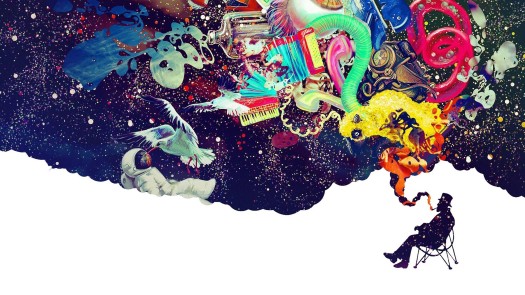
Chess is a creative game. Why? To begin with, I’d like to say that it isn’t a game that I like so much: it’s because of the complexity of the game itself and my lacking understanding of the rules. My friend, captain of the chess club, loves the game and claims that it is for “smart people”. It is obviously a lighthearted joke, but it is true that chess players have to understand rules, prepare themselves for situations(there are more possible scenarios of chess than there are atoms in the universe), and also plan their own strategies. Here is where creativity comes in. Players incorporate their imagination, playing out possible scenarios and making moves based on their own judgement.
When a machine first beat a human chess champion in 1997, IBM’s Deep Blue vs Garry Kasparov, it shocked the world. Of course, the victory was said to be the lack of technical errors of Deep Blue, but it was a crucial turning point in history. Recently, the match of AlphaGo vs Lee Sedol, a similar case, proved the capability of machines have reached another milestone. It can be said that machines have developed to the extent of entering the human boundaries of creativity.
In today’s society, we use machines to aid our creativity.
“Every photograph I take on my smartphone is silently improved by algorithms the second after I take it. Every document autocorrected, every digital file optimised. Musicians complain about the death of competence in the wake of Auto-Tune , just as they did in the wake of the synthesiser in the 1970s. It is difficult to think of a medium where creative practice has not been thoroughly transformed by computation and an attendant series of optimisations.”
Technology has reached the point of being able to create a product out of previous input, and that is why it is easy for them to copy human-made creativity by duplicating the input, but it can’t provide an original “wow factor” yet. What makes human creativity unique is the raw shock and surprise it provides: when we are presented art that is unprecedented or unexpected, we label that to be creative since it is new and never done before.
What algorithms can do is enhance, duplicate, and predict. These three are the main features that are used to aid human creation; for example, I use photoshop to enhance my own artwork such as getting rid of smudges on the paper or changing the lighting to make it look better. Programs and technology has become deeply ingrained in our lives and it greatly influences the process of creation. That has resulted in the overall increase in the quality of art in general, and there are numerous pioneering methods and mediums used for creation. As much as technology advances, we need to be aware of the consequences of relying on technology, and we need to solidify our stance as the creator of both what we make(such as art), including the machine itself.
References
Finn, Ed. “How Algorithms Are Transforming Artistic Creativity.” Aeon, Aeon, 11 Oct. 2017, aeon.co/essays/how-algorithms-are-transforming-artistic-creativity?utm_source=Aeon%2BNewsletter&utm_campaign=07bf5aacab-EMAIL_CAMPAIGN_2017_09_27&utm_medium=email&utm_term=0_411a82e59d-07bf5aacab-69463145.
